
With the keto diet, you can get in the best shape of your life, fight cancer, and wipe out diabetes forever. The only wrinkle?
It’s not for the faint of heart.
Timothy Noakes, M.D., is an emeritus professor in the Division of Exercise Science and Sports Medicine at the University of Cape Town. While his name may not ring a bell here in the U.S., he’s a full-blown celebrity in his native South Africa and one of the most accomplished exercise physiologists on the planet. You can’t walk by a restaurant in Cape Town that doesn’t offer a “Noakes option”—say, an avocado stuffed with breakfast sausage and eggs, or a double cheeseburger with lettuce sans bun—and evidence of his teachings seems to be everywhere, mostly in the form of the nation’s best-known athletes, including ageless golfing legend Gary Player and eight-time Ironman World Champion Paula Newby-Fraser. In fact, Noakes’ celebrity these days is such that he’s even been pulled into South African presidential politics: To echo the country’s papers of record, “Is President Jacob Zuma’s and his wife’s dramatic weight loss a result of the Noakes Diet?” No one is sure about the president, but his wife, definitely: She’s lost 66 pounds following the Noakes plan.
Health Benefits Of Keto Life Style

athletic nutrition
To high-performing athletes, Noakes preaches that the bedrock tenet of endurance athletic nutrition—that winning performance is best fueled by eating lots of carbohydrates—is simply wrong. Instead, he believes athletes can alter their bodies so that their metabolism burns fat as a primary fuel source, a physiological process known as ketosis, either from stored body fat or from the foods they eat every day. For non-athletes and anyone trying to lose weight or keep it off, Noakes’ advice is that eating a high-fat diet, with few if any refined carbs and as little sugar as possible, will switch on the same fat-burning system and keep your body lean and your weight stable without making you hungry. According to Noakes and a growing number of nutritionists, physiologists, and biohackers, when you’re in a state of ketosis, best attained through a strict “keto diet,” good things happen.
keeping their blood glucose levels stable.
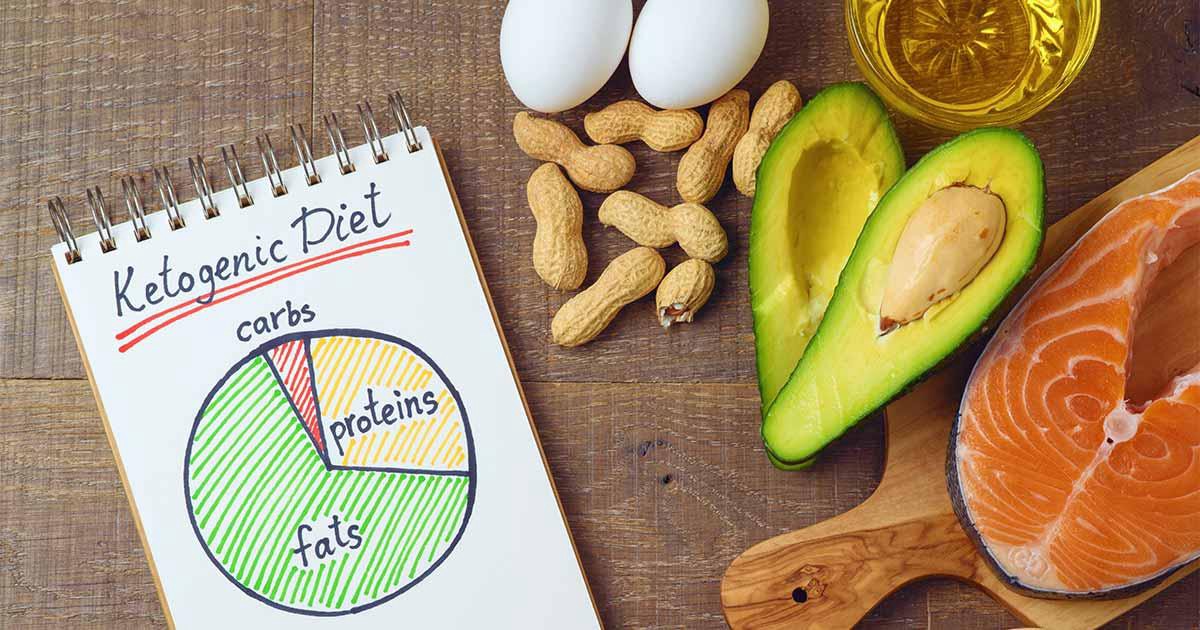
The Keto Diet
Sometimes, amazingly good things.
Two years ago, LeBron James famously lost 25 pounds and upped his late-game endurance by cutting carbs and sugars from his diet. Tim Ferriss, the author of the Four-Hour self-improvement book series, followed a strict keto diet to cure his Lyme disease, and performs a long multi-day fast every four months as a means, he says, of pushing ketosis further and starving incipient pre-cancerous cells of sugar (more on that later). Last summer, Sami Inkinen, the ultrafit co-founder of real estate juggernaut Trulia, rowed with his wife from California to Hawaii in record time on a keto diet, to promote high-fat eating and raise awareness about the dangers of too much sugar. The Keto Diet, say its ardent supporters, is a natural way to literally reprogram your metabolism and transition to an upgraded operating system. You’ll ultimately feel better and perform better, and your body fat will plummet.
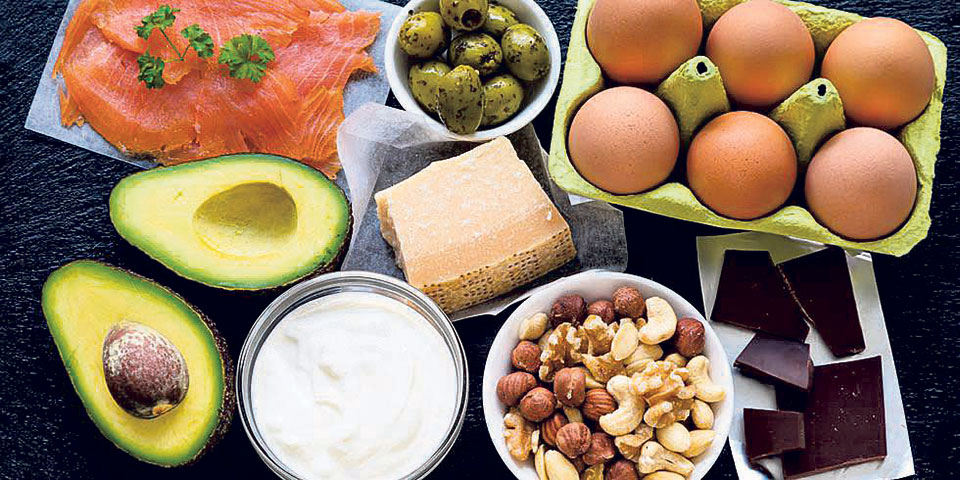
Dietary Guidelines
But this sort of “low-carbohydrate, high-fat” (LCHF) keto diet, as Noakes calls it, is still far from mainstream. It takes serious dedication to drop your daily total carb intake to below 50 grams (or 20–30g of net carbs, which are sans fiber), the equivalent of a single cup of brown rice. The USDA Dietary Guidelines were just changed in January to mention the need to limit intake of added sugars and refined carbs like bread, rice, pasta, cookies, and crackers, which spike blood sugar more rapidly than candy. Check the label of nearly any sports drink, and it’s most likely loaded with natural or added sugar. Go to the grocery store today and the labels are awash with the message of “low fat,” “no fat,” or “zero fat.”
Meanwhile, Noakes continues preaching that the right kinds of fats—the ones our bodies evolved to process, like animal fat and butter, olive and coconut oil (but not vegetable oils like corn oil and soybean oil)—are extremely healthy. Noakes titled his 2012 autobiography Challenging Beliefs, and, at age 67, he’s publicly waging a war against carbs and sugar from his Twitter account, @ProfTimNoakes, where he chimes in every few hours and has churned out more than 27,000 tweets since 2012.
Benefits of Ketones
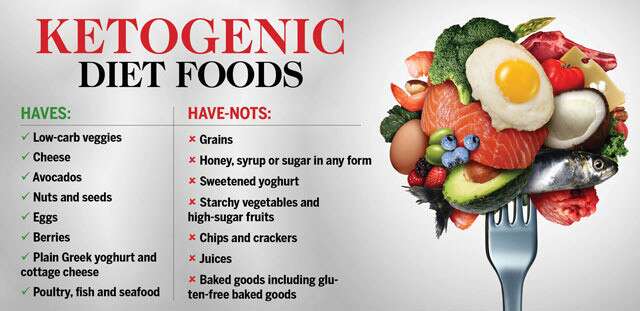
Consumption
Noakes constantly retweets the latest nutrition stories and offers his own food for thought: “Consumption of refined grains, sweets and desserts, sugared drinks, and deep-fried foods = more heart disease” or “Truth wins in the end. But it takes time.”
war on sugar
Regardless, in 2010, Noakes was diagnosed with type-2 diabetes. Though he didn’t know it yet, a lifetime of well-intentioned carbo- loading for his athletic endeavors had set him up for a fall.
Not long after he got the news, he happened to receive an e-mail about a book title The New Atkins for a New You, and realized he recognized many of the authors’ names on the cover, which belonged to respected exercise experts Stephen Phinney, M.D., Ph.D; Jeff Volek, Ph.D., R.D.; and Eric Westman, M.D. They argued that the late Dr. Robert Atkins, who famously promoted a low-carb, high-fat diet in the 1980s—and was routinely lampooned for promoting eggs, bacon, and cheese as healthy foods that worked great for weight loss—had been right all along. The professors backed up their position with more than 50 new dietary studies and an action plan for getting lean and maintaining weight loss. Noakes says he learned more about nutrition that year than in his previous 42 years as a doctor.
The Real Meal Revolution
“I was 222 pounds when I picked up that book,” he tells me. “Today, I’m 178. I’ve achieved my high school weight and my old running times.”
His new way of eating, he says, also cured his migraines and acid reflux. On top of that, it eliminated spikes in blood sugar, kept his appetite in check, and allowed his body to burn its own fat as fuel. After Noakes’ diabetes had reversed course, he wrote about it for Discovery Health News; that triggered a national debate across South Africa, a country plagued by an epidemic of diabetes and its associated conditions. (Blacks and ethnic Indians, who make up much of South Africa’s population, are especially prone to the disease.)
Last year, Noakes published his fourth book, The Real Meal Revolution, which explains why high-fat diets work and how to incorporate them into everyday life. “It’s gone viral,” he says.
How to eat in a post-“bonk” world
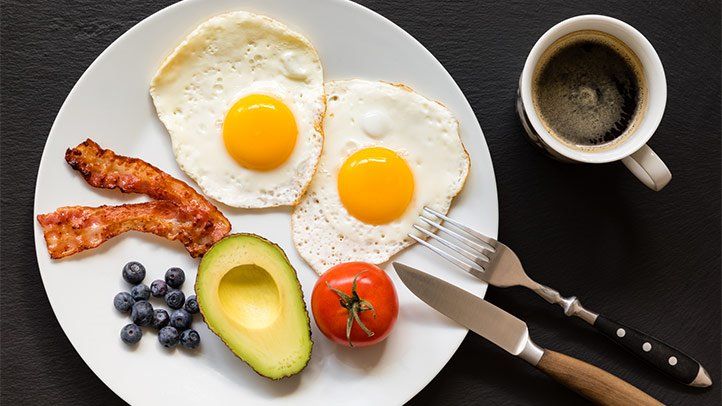
higher-fat diets
Though higher-fat diets go by many names—most recently, the well-known Paleo Diet, as well as the Zone and the South Beach Diet, both of which restrict sugary foods and refined carbs—the Keto Diet has taken the zero-carb and high-fat stance to a whole new level. It’s especially resonated in the biohacker community of Silicon Valley.
ketosis
From an evolutionary standpoint, ketones—molecules formed by the breakdown of stored fat—are a very important fuel. And ketosis, the process by which the body uses those fuels, is essential for survival.
Here’s how it works: The body—even that of a very lean athlete— stores about 40,000 calories of fat compared with just 2,000 calories of the carbohydrate glycogen. When those carbs have been depleted, the body taps its fat stores for energy. The same is true for athletes who “bonk” during exercise—it’s because they’ve used up all their stored carbs. To go on, they must either eat more carbs (to burn as sugar) or start burning fat. When marathoners break through the so-called “wall” late in a race, they’ve begun to burn fat.
Thanks to Noakes and other Keto Diet supporters, a growing number of athletes today prefer to be in that state at all times. Once they make the switch, they say, not only are their race results and game-day performances better, they report sustained energy, better moods, and clearer thinking.
fasting
Switching from foods that cause chronic illness and make you fat to foods that keep you permanently lean and energetic without getting hungry would seem like a no-brainer. But it’s difficult, and most of us don’t really know what ketosis is like. The average American today is what nutritionists call “a sugar burner.” We ingest carbs for breakfast, so our blood sugar goes up quickly then comes crashing down before lunch, when we get our next carb fix. The process happens over and over again without our bodies entering ketosis.
But getting your body to enter full ketosis is no small feat. Imagine forgoing all starchy vegetables, breads, sugary drinks (including fruit juice), pasta—essentially everything that isn’t meat or a non-starchy vegetable. It’s a tall order that only gets taller, because, once you’ve started the process, the body, feeling deprived, undergoes a transition phase often termed the “low-carb flu.” For a few weeks, physical and mental performance—at work, in the gym—dips noticeably and uncomfortably as the body tries to tap its missing fuel source. Not everyone sticks it out.
There’s a shortcut to ketosis, however: fasting. If you don’t eat for many hours, your body will naturally go into fat-burning mode. There are many different fasting protocols to get into ketosis, but the most common is called intermittent fasting, which consists of not eating for 12 to 16 hours.
How to feels mentally sharp
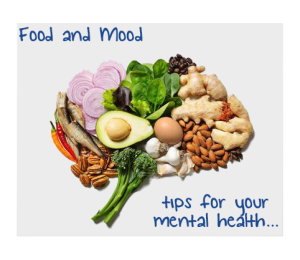
Aging
For instance, one can eat dinner at 8 p.m., skip breakfast the next morning, and eat lunch at noon. Or, like Matt Mattson, Ph.D., chief of the Laboratory of Neurosciences at the National Institute on Aging, you can push it even further: Mattson regularly skips breakfast and lunch altogether. With no blood sugar spikes and crashes, just steady fat burning, he, like most intermittent fasters, feels mentally sharp and experiences little if any sense of deprivation.
Keto diet: the official meal plan of Mars
Keto diet: the official meal plan of Mars
But if all of this sounds like too much misery for you, consider another reason for adopting the keto diet: Evidence shows that ketosis could not only help stave off Alzheimer’s but also help cure cancer.
A few years ago, Dominic D’Agostino, a Ph.D. and associate professor at University of San Francisco, was trying to solve a big problem for the Navy SEALs. Military divers, he learned, use a device called a rebreather, which is silent and allows for extra-long dives— but, for reasons that are not yet fully understood, makes divers prone to unpredictable, life-threatening oxygen toxicity seizures.
While looking for a way to treat these seizures, D’Agostino stumbled upon the Keto Diet, which also happens to be a proven treatment for a possibly related malady: epileptic seizures in kids. “There are a lot of treatments for epilepsy,” he says, “but the only one we, board-certified neurologists, can say cures the disease is the Keto Diet.”
the diet remedies
Why? D’Agostino believes the diet remedies a metabolism imbalance in which brain cells are starved of, or unable to process, glucose, causing the brain to go haywire. Live brain cells are extremely difficult to study (for obvious reasons), but researchers have been able to tease out some clues from the petri dish about why keto diets are good for the brain. Aside from being an energy source, ketones are also important neural signaling molecules and gene transcription facilitators. Ketones also seem to modulate the stress response in neurons and make them more resilient to excitatory nerve transmissions—the kind that can cause seizures. D’Agostino also found that ketones can elevate levels of the calming neurotransmitter GABA.
the path to understanding why

metabolic
Theories aside, when he treated SEALs with a keto diet, their seizures stopped.
But brain diseases aren’t the only illnesses doctors are beginning to think are metabolic rather than purely genetic in origin. Many common types of cancer— esophageal, pancreatic, colon, kidney, thyroid—are associated with obesity and diabetes, and D’Agostino believes he’s on the path to understanding why.
Cancer thrive in high-sugar environments
Cancer cells thrive in high-sugar environments because they rely on glycogen (sugar burned for energy) to survive; type-2 diabetes, especially, provides potential cancer cells with a high-sugar environment. (Interestingly, PET scans detect cancer by finding areas in the body with excess glucose compared with normal tissues.) This suggests not only that glycogen may contribute to cancer, but also that it may be cancer’s Achilles’ heel: If cancer cells become compromised when their host is in a ketogenic state, the body’s own immune responses may be able to effectively fight the disease.
keto diet is therapeutically
“We think the majority of cancers could be metabolically managed through nutritional ketosis, either as a stand-alone pill or an adjunct to standard care,” says D’Agostino, who has published research showing that keto diets can double the lifespan of mice with metastatic cancers. For a more emphatic take: Leading Boston College cancer researcher Thomas Seyfried, M.D., believes that a keto diet is therapeutically even more valuable in fighting cancer than chemo.
staying on the path to understanding

Achieving a ketogenic state
Achieving a ketogenic state could get a lot easier in the coming years. D’Agostino believes a ketone supplement will be the breakthrough, making the job of drastically cutting carbs from the diet much easier. His latest creation is KetoCana, which floods the body with ketones and eliminates the symptoms of carbohydrate withdrawal.
military researchers are focused on keto diets
Meanwhile, military researchers are focused on keto diets as well, believing soldiers could operate optimally on fewer, denser meals. Currently, the Defense Advanced Research Projects Agency, the Department of Defense, and NASA are all running ketogenic experiments. NASA believes the diet will be important in manned missions to Mars because it protects against higher levels of radiation in space by increasing the brain’s resilience to stress. Plus, “the energy density of a keto diet is higher, so you have to carry less weight,” says D’Agostino.
Keto Diet’s more immediate effects
But for evidence of the Keto Diet’s more immediate effects, Noakes brings up South African athlete Bruce Fordyce, 60, who won the country’s biggest ultramarathon, the 56-mile Comrades, a record nine times. He ate high-carb his whole life, eventually putting on weight and becoming insulin resistant. Recently, though, he switched to a high-fat diet—and has regained his former waistline and dramatically improved his marathon times. Little by little, according to Noakes, we’re learning. “This is the single most important health intervention we can make as doctors,” he says. “And as nations.”
Try our keto products
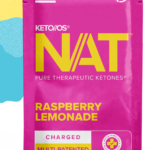


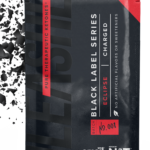

Previous
Next




